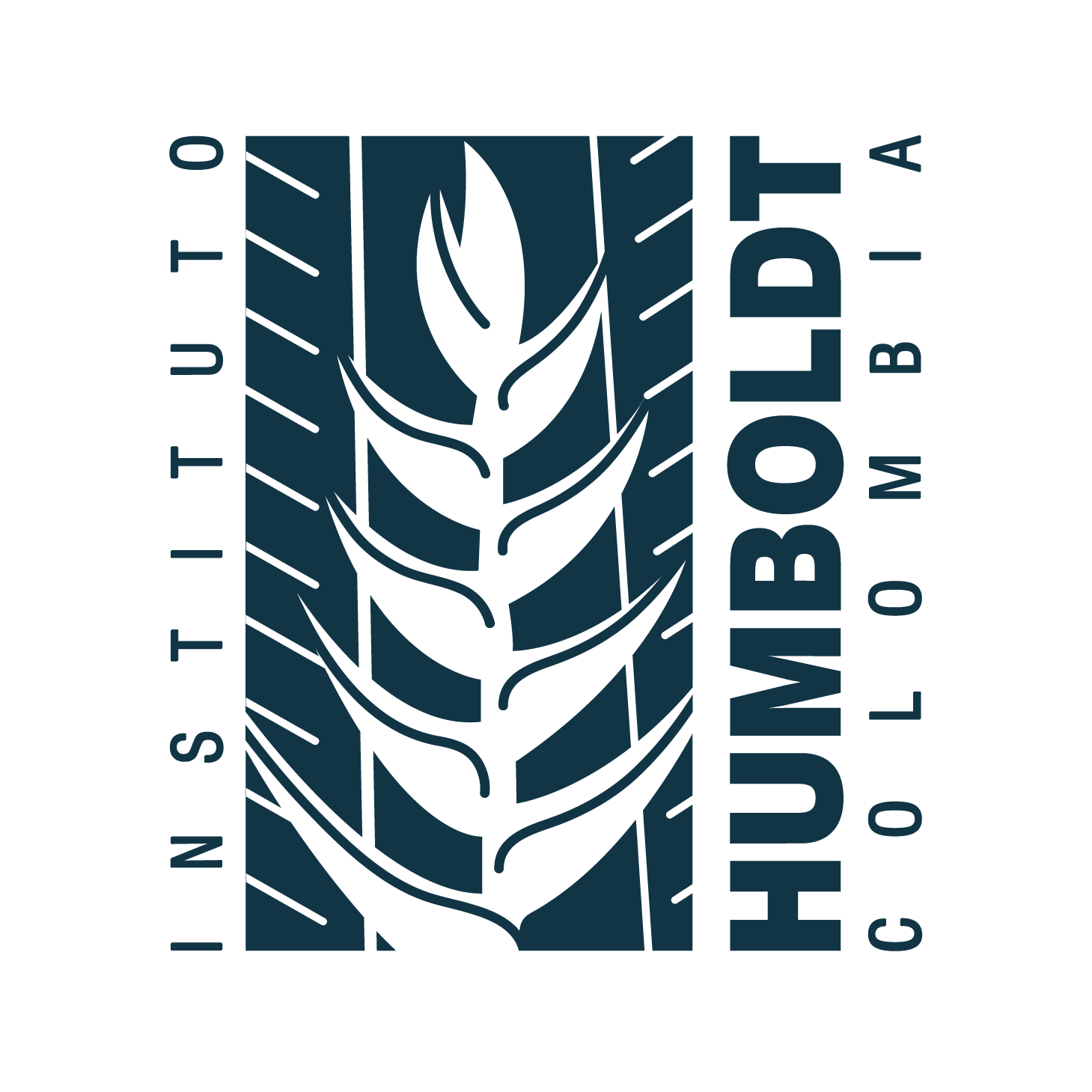Publicación: Functional characterization of plants and their utility in the selection of species for the ecological restoration of high-Andean ecosystems
| dc.creator | Cogollo Calderón, Angélica María | |
| dc.creator | Velasco Linares, Patricia | |
| dc.creator | Manosalva, Leonardo | |
| dc.date | 2020-01-01 | |
| dc.date.accessioned | 2024-05-27T17:12:06Z | |
| dc.date.available | 2024-05-27T17:12:06Z | |
| dc.description | To start a restoration process in disturbed areas, it is important to select plant species that provide functional diversity to the recovering ecosystem and allow the establishment of new individuals towards more advanced stages of succession. We evaluated 14 life history traits in 20 species in a transition zone between high Andean forest and paramo in the Aguas Vivas reserve, Soacha, Colombia. We record information on pollination and dispersal types, growth habit, maximum height, fruit type and size, number of seeds per fruit, leaf texture, leaf area, specific leaf area, leaf nitrogen, leaf dry matter content and leaf hardness. The principal components analysis showed that leaf nitrogen, leaf hardness and specific leaf area were the most informative features to define associations between species. We found three functional types that include plants with different adaptation strategies, which will be considered when selecting plant species to be introduced in modified environments. However, this selection should also be made taking into account local knowledge, availability of propagules, and the successional status of the recovering areas. | en-US |
| dc.description | Para iniciar un proceso de restauración en áreas disturbadas, es importante seleccionar especies vegetales nativas que aporten diversidad funcional al ecosistema en recuperación y permitan el establecimiento de nuevos individuos hacia etapas sucesionales más avanzadas. Evaluamos 14 rasgos de historia de vida en 20 especies de una zona de transición entre bosque altoandino y páramo en la reserva Aguas Vivas, Soacha, Colombia.Registramos información de tipos de polinización y dispersión, hábito de crecimiento, altura máxima, tipo y tamaño del fruto, número de semillas por fruto, textura de la hoja, tipo de indumento, área foliar, área foliar específica, nitrógeno foliar, contenido foliar de materia seca y dureza foliar. El análisis de componentes principales mostró que el nitrógeno foliar, la dureza foliar y el área foliar específica fueron los rasgos más informativos para definir asociaciones entre especies. Encontramos tres tipos funcionales que comprenden plantas con diferentes estrategias de adaptación, que se considerarán a la hora de seleccionar grupos de especies vegetales a reintroducir en ambientes modificados. Sin embargo, esta selección también se debe realizar teniendo en cuenta el conocimiento local, la disponibilidad de propágulos, y el estado sucesional de las áreas en recuperación. | es-ES |
| dc.format | application/pdf | |
| dc.format | text/html | |
| dc.format | application/vnd.openxmlformats-officedocument.spreadsheetml.sheet | |
| dc.format | application/vnd.openxmlformats-officedocument.wordprocessingml.document | |
| dc.format | application/msword | |
| dc.format | application/xml | |
| dc.identifier | https://revistas.humboldt.org.co/index.php/biota/article/view/660 | |
| dc.identifier | 10.21068/c2020.v21n01a01 | |
| dc.identifier.uri | https://hdl.handle.net/20.500.11761/36797 | |
| dc.language | spa | |
| dc.publisher | Instituto de Investigación de Recursos Biológicos Alexander Von Humboldt | es-ES |
| dc.relation | https://revistas.humboldt.org.co/index.php/biota/article/view/660/670 | |
| dc.relation | https://revistas.humboldt.org.co/index.php/biota/article/view/660/652 | |
| dc.relation | https://revistas.humboldt.org.co/index.php/biota/article/view/660/756 | |
| dc.relation | https://revistas.humboldt.org.co/index.php/biota/article/view/660/757 | |
| dc.relation | https://revistas.humboldt.org.co/index.php/biota/article/view/660/758 | |
| dc.relation | https://revistas.humboldt.org.co/index.php/biota/article/view/660/928 | |
| dc.rights | Derechos de autor 2020 Instituto de Investigación de Recursos Biológicos Alexander Von Humboldt | es-ES |
| dc.source | Biota Colombiana; Vol. 21 No. 1 (2020); 1-15 | en-US |
| dc.source | Biota Colombiana; Vol. 21 Núm. 1 (2020); 1-15 | es-ES |
| dc.source | 2539-200X | |
| dc.source | 0124-5376 | |
| dc.subject | Disturbance | en-US |
| dc.subject | Functional group | en-US |
| dc.subject | Life history traits | en-US |
| dc.subject | Subparamo | en-US |
| dc.subject | Plant succession | en-US |
| dc.subject | Grupo funcional | es-ES |
| dc.subject | Disturbios | es-ES |
| dc.subject | Rasgos de historia de vida | es-ES |
| dc.subject | Subpáramo | es-ES |
| dc.subject | Sucesión vegetal | es-ES |
| dc.title | Functional characterization of plants and their utility in the selection of species for the ecological restoration of high-Andean ecosystems | en-US |
| dc.title | Caracterización funcional de plantas y su utilidad en la selección de especies para la restauración ecológica de ecosistemas altoandinos | es-ES |
| dc.type | info:eu-repo/semantics/article | |
| dc.type | info:eu-repo/semantics/publishedVersion | |
| dc.type | Artículo evaluado por pares | es-ES |
| dc.type | Experimentación | es-ES |
| dspace.entity.type | Publication |

